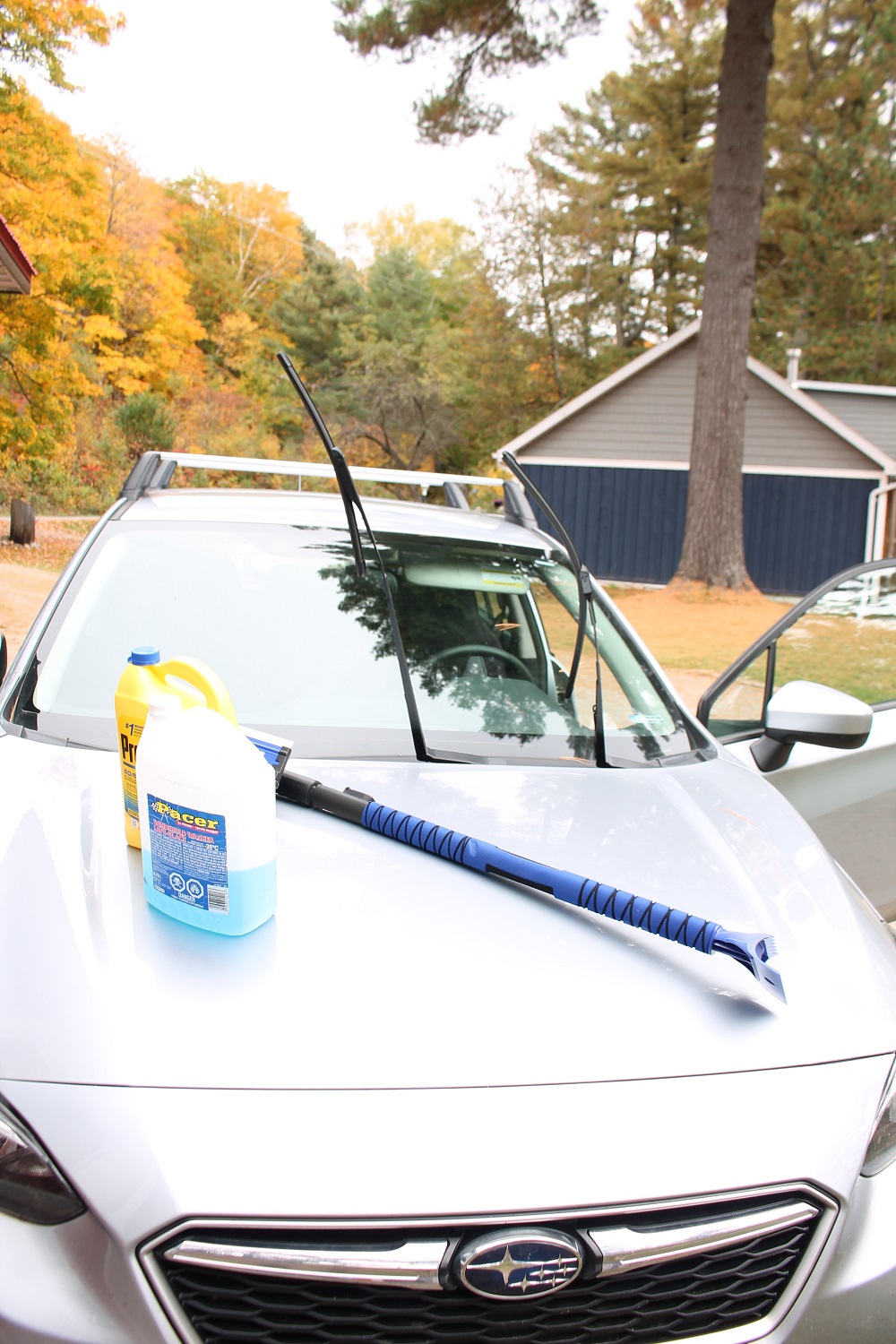Servicing your vehicle before the snow flies will help you stay safe on winter roads.
“Fall maintenance is an important preventative measure which will ensure your safety and the longevity of your vehicle,” said Dennis Pennie, owner of Minden Auto Care.
“This is more important in cottage country as we tend to get colder weather and the possibility for heavier snowfall. We also have limited cell service, longer response time for tow trucks and less service facilities in the area.”
Pennie’s top recommendations for general fall maintenance begin with servicing the brakes to make sure they will operate properly under winter road conditions.
Have your coolant (antifreeze) strength checked to make sure the coolant is operational to -40 degrees. Use winter wiper blades to ensure they will keep the windshield cleared effectively and won’t freeze up.
“Have the vehicle battery tested to ensure the voltage is good for cold weather startup,” added Pennie. “Have your air filter and cabin air filter checked to make sure they are clean and free of debris from rodents. This will ensure proper heat and air flow.”
Next is the switch to winter tires.
“Tires should be changed when the weather is consistently seven degrees celsius or below, which is normally the first of November. Winter tires wear faster at temperatures warmer than seven degrees … Have your winter tires checked to make sure they will stop properly and won’t slide on snow and ice-covered roads.”
Finally, ask your service provider to perform a general inspection to make sure the front end is tight and confirm the brakes are working well.
Vehicles that haven’t been maintained regularly may need additional attention. The Canada Safety Council (CSC) recommends checking heaters and defrosters, flushing the cooling system, doing a diagnostic checkup on the engine and checking the exhaust system for carbon monoxide leaks.
Maintenance shops are generally busy during the fall so Pennie recommends booking an appointment.
Safe winter driving also involves emergency preparation. The CSC’s checklist for winter safety and survival includes ensuring your spare tire is inflated properly and you have a wheel wrench and a jack. Pack a windshield scraper and snow brush and a lightweight shovel along with a wire traction mat, bag of sand or other abrasive material to help you dig out your vehicle if it gets stuck. Add battery jumper cables, flares, a first aid kit and a flashlight. The CSC also advises bringing lined winter boots, a hat, other warm clothes, a blanket, candles, a lighter or matches, and small heating cans for warmth in case you need to wait for help.
During the pandemic you may want to bring extra masks and hand sanitizer.
For more information on making your vehicle ready for safe winter driving, contact your maintenance service provider and visit canadasafetycouncil.org/get-readywinter-driving/.





